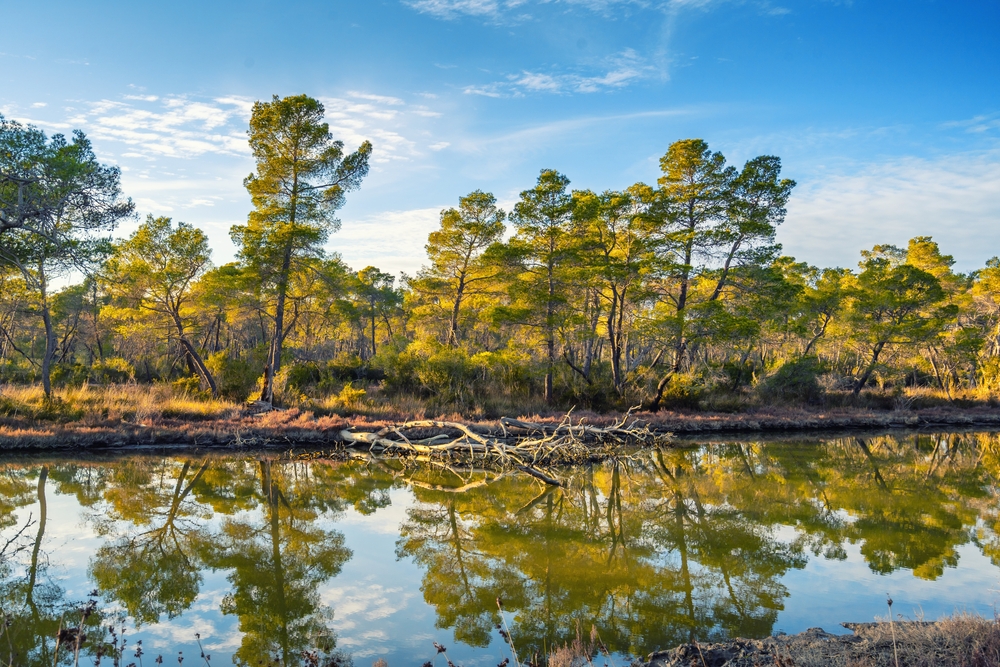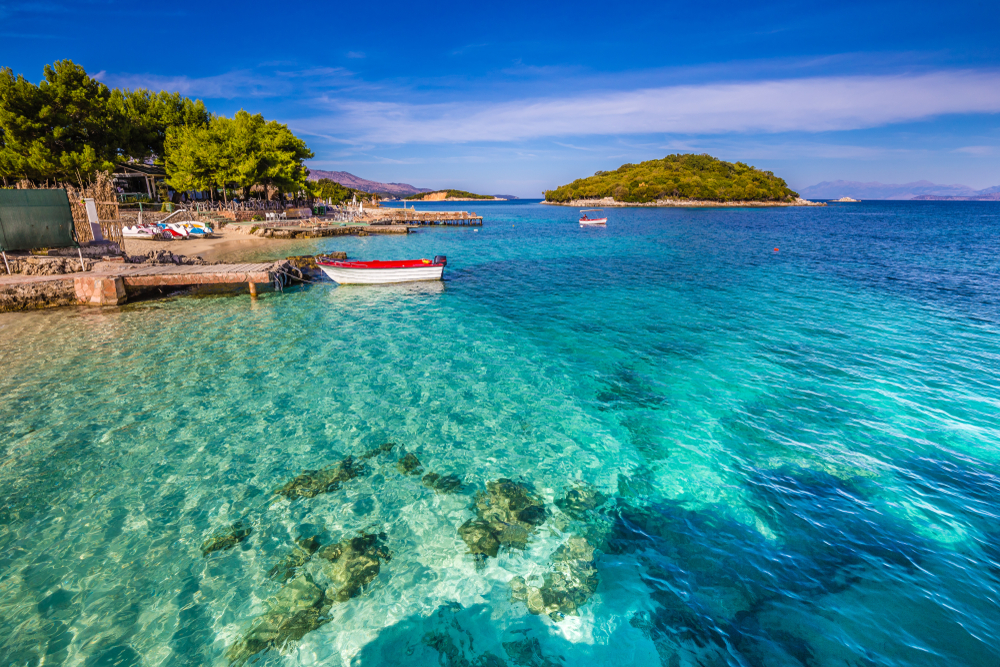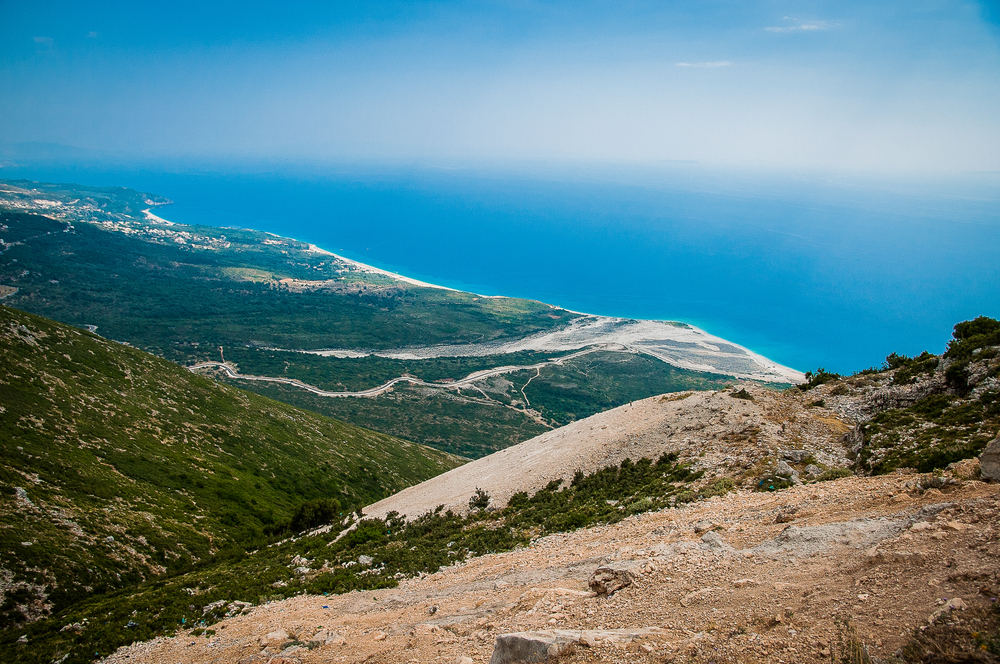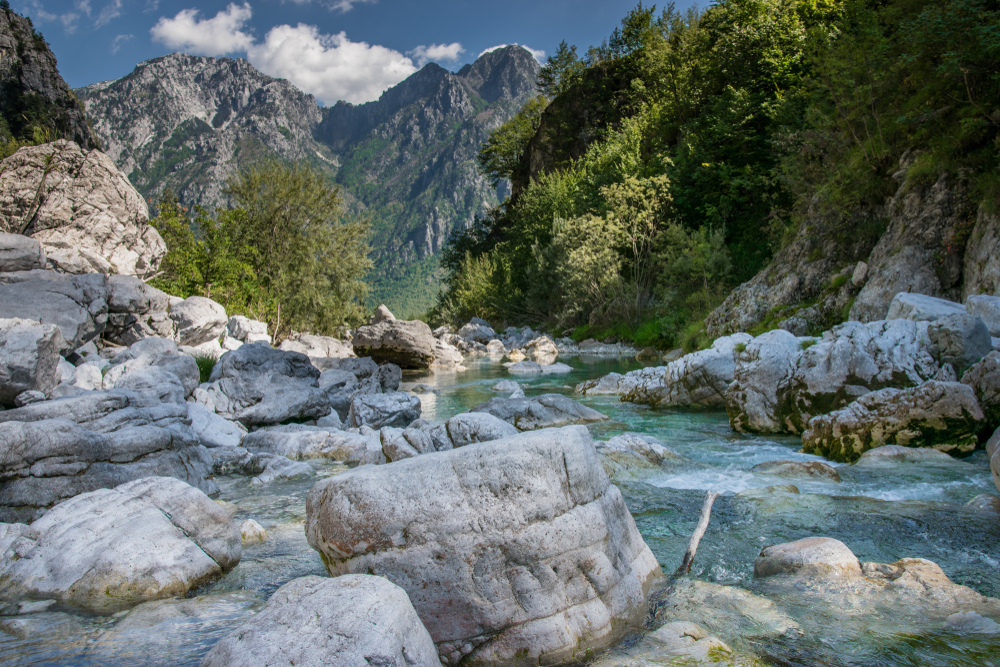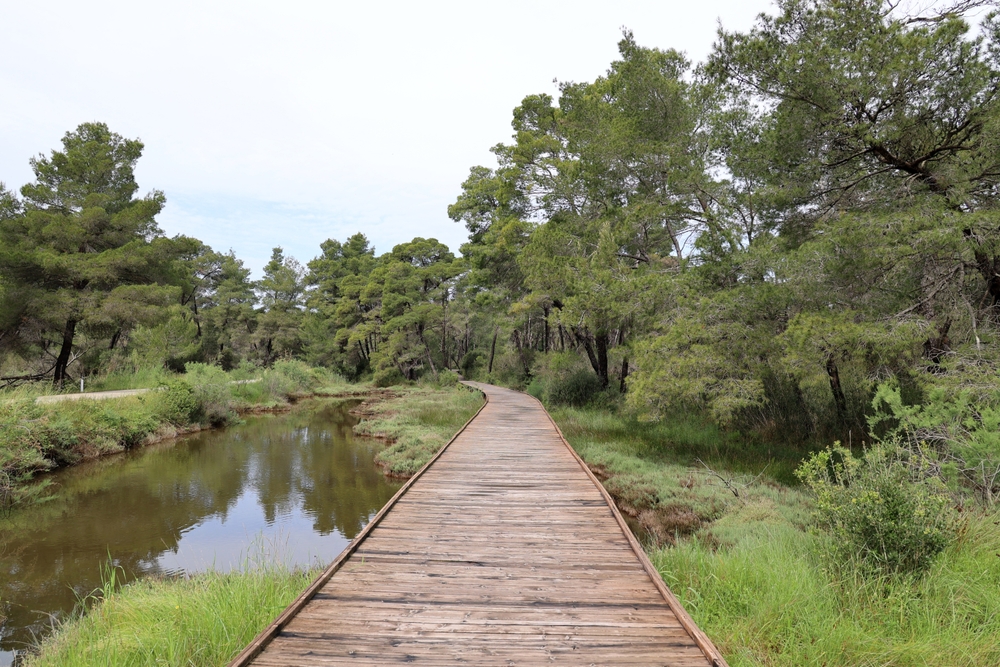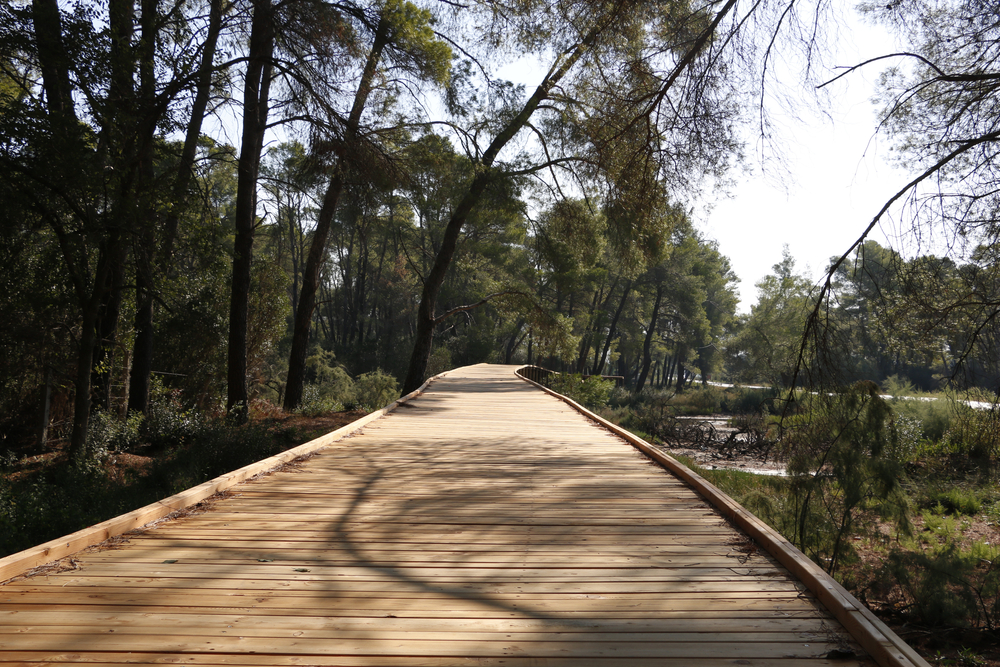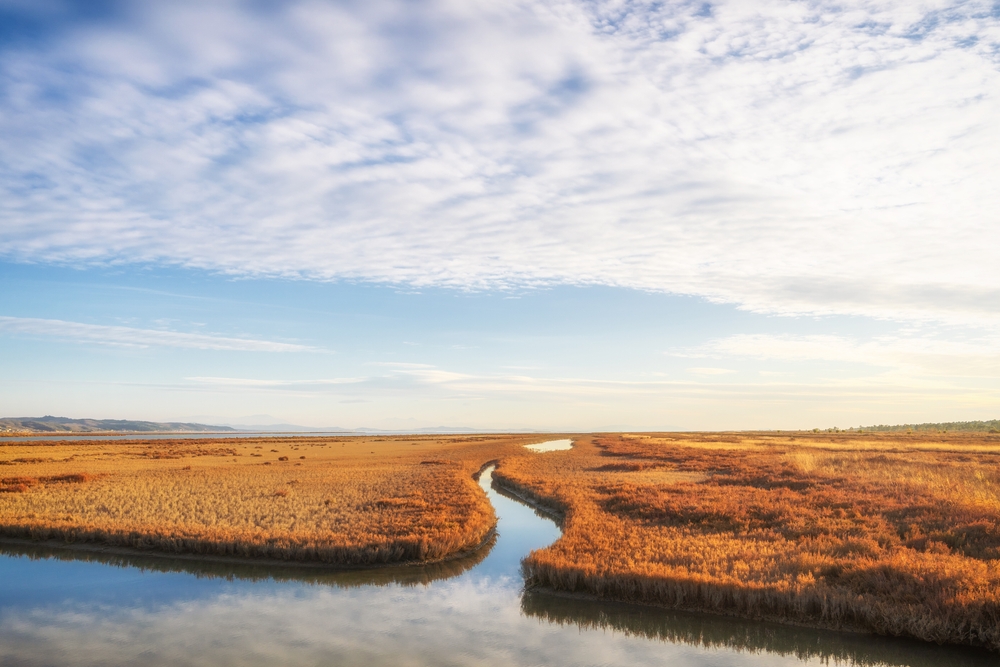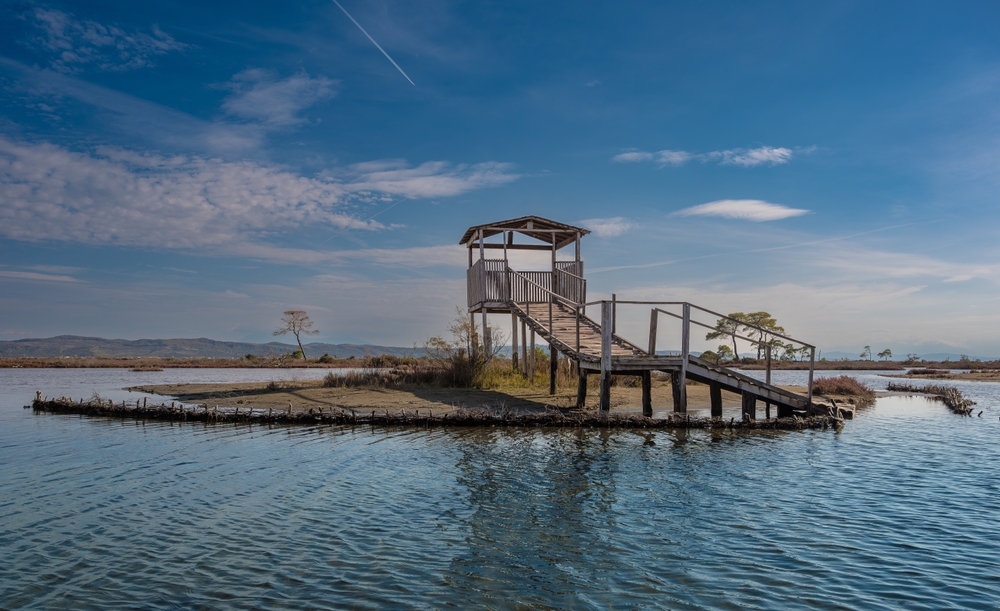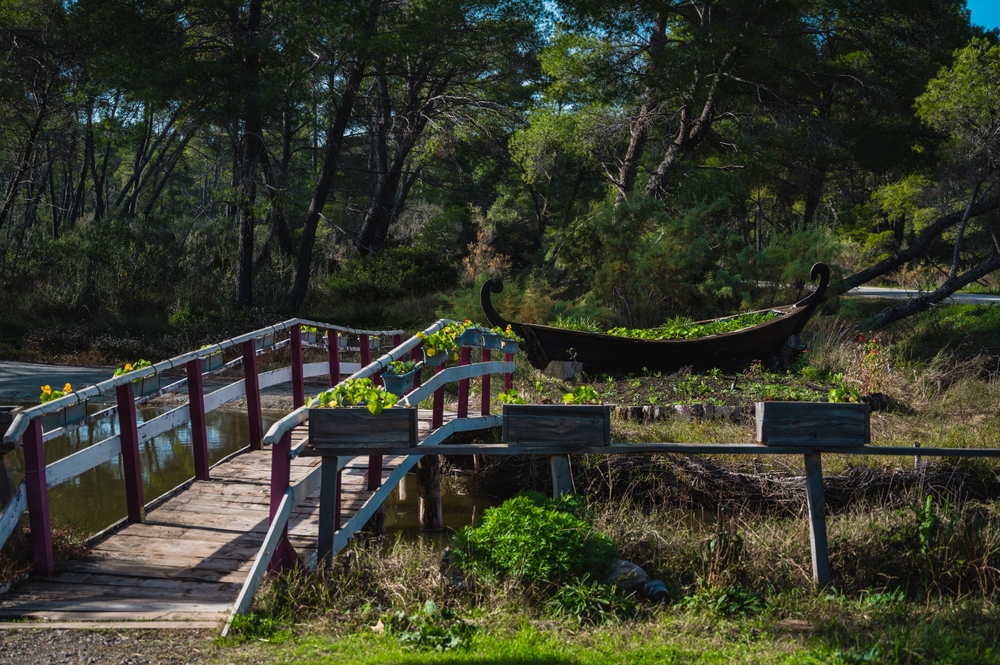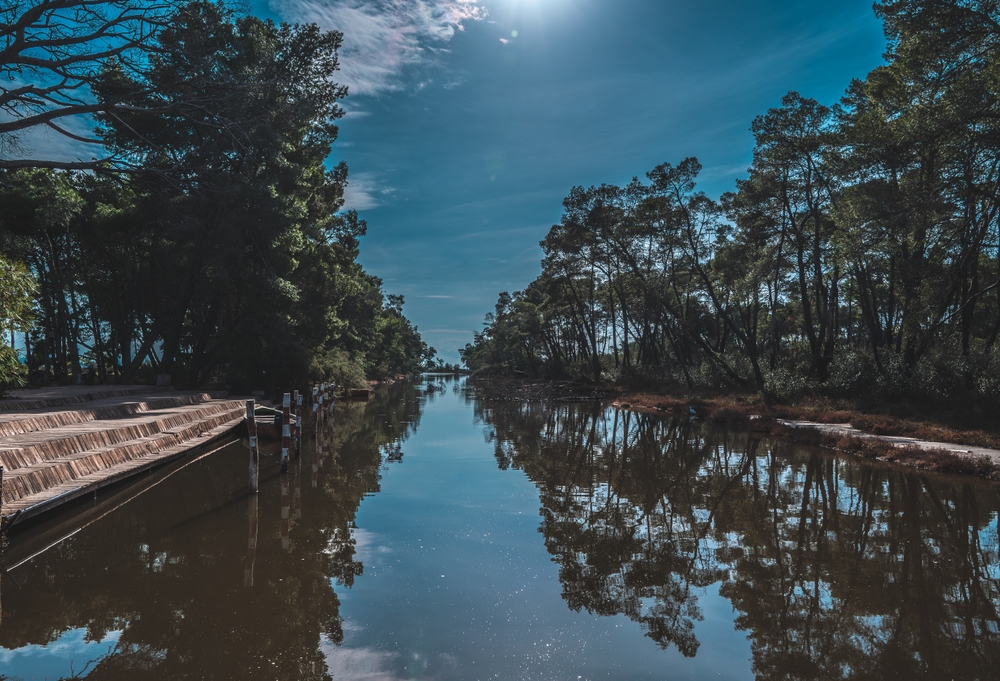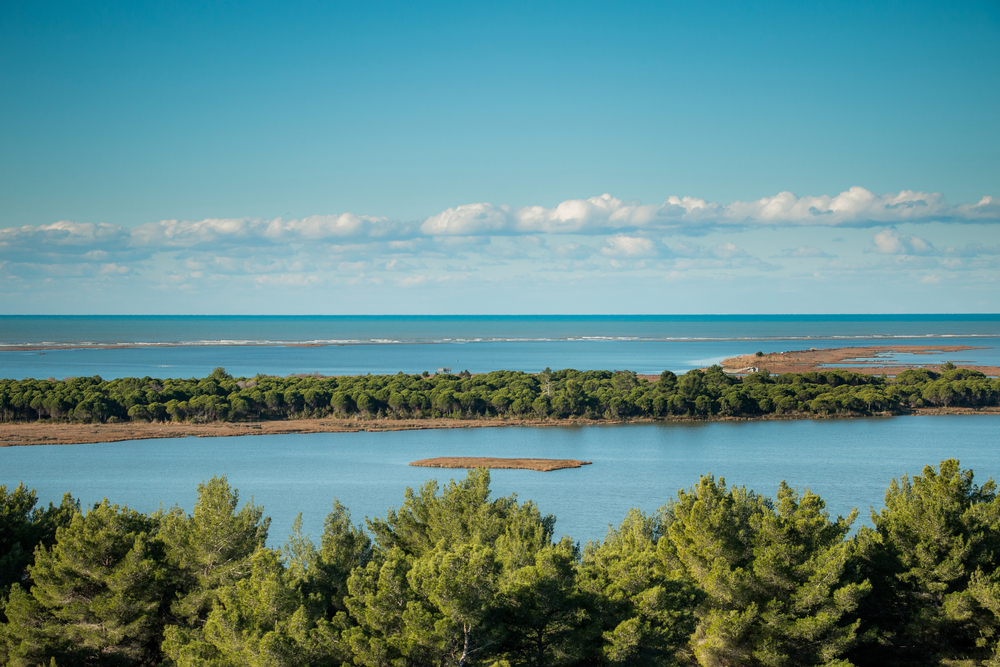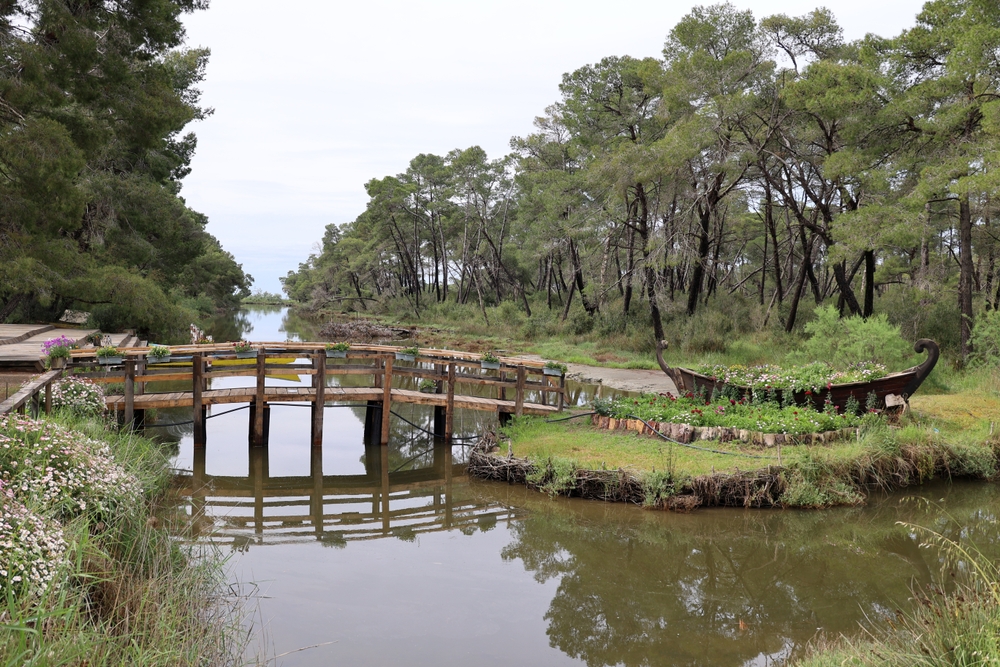Divjakë-Karavasta Overview
Divjakë-Karavasta National Park is located in western Albania, along the Adriatic coast, in the Fier County. Established as a protected area in 2007, the park spans an area of approximately 80 square miles (209 square kilometers). It is known for its rich biodiversity, wetlands, and proximity to the Karavasta Lagoon, the largest lagoon in Albania and one of the most important wetlands in the Mediterranean.
The landscape of Divjaka National Park is a mix of coastal ecosystems, wetlands, and forests. The park’s centerpiece is the Karavasta Lagoon, which covers a large portion of the area and is separated from the Adriatic Sea by a series of sand dunes. The park also features rivers, small lakes, and expansive salt marshes, creating an ideal habitat for a wide variety of plant and animal life. In addition to its wetlands, Divjaka has extensive pine forests, which provide a lush green backdrop to the lagoon and coastal areas.
The vegetation in Divjaka National Park is diverse, with wetlands supporting aquatic plants and reeds, while the forests are dominated by pine, oak, and poplar trees. The lagoon and marshlands are rich in salt-tolerant species, and the dunes are home to a variety of grasses and shrubs. The park’s unique mix of coastal and forested habitats creates a varied ecosystem that supports a wide range of species.
The wildlife in Divjaka National Park is particularly notable for its birdlife. The park is a key nesting site for the endangered Dalmatian pelican, one of the largest birds in Europe. Other bird species, including flamingos, herons, and cormorants, make the park a paradise for birdwatchers. The lagoon’s waters are also home to fish and amphibians, while the forests shelter species like foxes, wild boars, and rabbits, making Divjaka a vital biodiversity hotspot in Albania.
Park Map
Divjakë-Karavasta National Park Highlights
Engaging Divjakë-Karavasta
Related National Parks More Albania
Sources
- Divjak-Karavasta National Park Guide Map, chrome-extension://efaidnbmnnnibpcajpcglclefindmkaj/https://akzm.gov.al/wp-content/uploads/2020/07/Harta-e-Guides-se-Parkut-Kombetar-Divjake-Karavasta_Eng.pdf, retrieved August 2024.
- Info Albania, Divjak-Karabasta National Park, https://www.intoalbania.com/attraction/divjaka-karavasta-national-park/, retrieved August 2024.
- Pine, Divjak-Karavasta National Park, https://pine.al/activity/parqet-kombetare/parku-kombetar-divjake-karavasta?lang=en, retrieved August 2024.
- UNDP, Protecting Divjake-Karavast National Park, https://www.undp.org/albania/stories/protecting-divjake-karavasta-national-park-and-its-unique-ecosystem, retrieved August 2024.
- Wikipedia, Divjakë-Karavasta National Park, https://en.wikipedia.org/wiki/Divjak%C3%AB-Karavasta_National_Park, retrieved August 2024.








































































